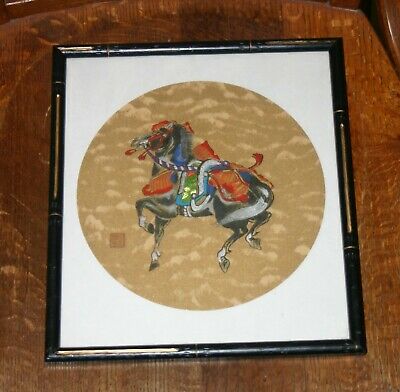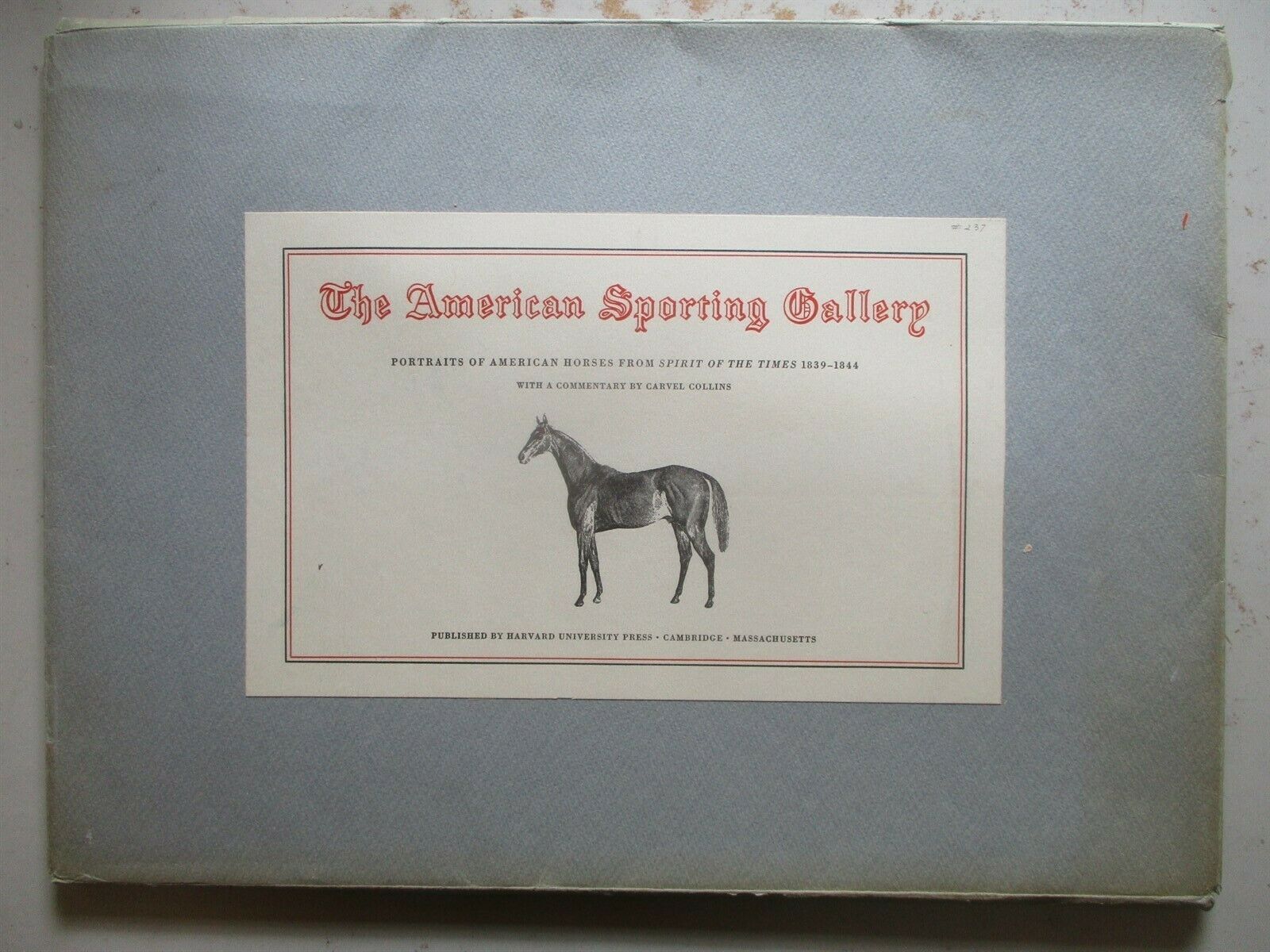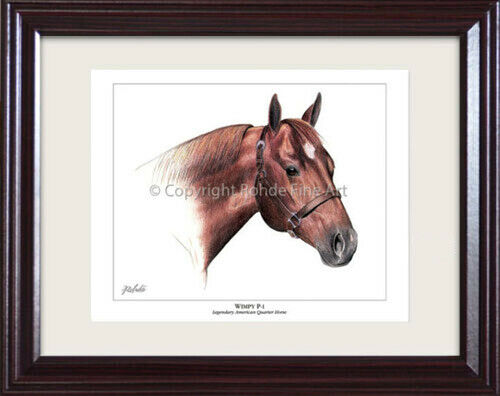-40%
VTG SILK PAINTING HORSE BARAAT TANG WAR WEDDING KOREAN CHINESE SIGNED FOLK ART
$ 20.03
- Description
- Size Guide
Description
VTG SILK PAINTING HORSE BARAAT TANG WAR WEDDING KOREAN CHINESE SIGNED FOLK ARTVTG SILK PAINTING HORSE BARAAT TANG WAR WEDDING KOREAN CHINESE SIGNED FOLK ART
VTG SILK PAINTING HORSE BARAAT TANG WAR WEDDING KOREAN CHINESE SIGNED FOLK ART
Click image to enlarge
Description
GREETINGS, FEEL FREE
TO
"SHOP NAKED."
©
We deal in items we believe others will enjoy and want to purchase.
We are not experts.
We welcome any comments, questions, or concerns.
WE ARE TARGETING A GLOBAL MARKET PLACE.
Thanks in advance for your patronage.
Please Be sure to add WDG to your
favorites list
!
NOW FOR YOUR VIEWING PLEASURE…
VINTAGE PAINTING ON SILK
ASIAN STYLE DECORATED YANG PARADE HORSE
FOR WAR OR A WEDDING
FAUX BAMBOO STYLE FRAME
THE IMAGE IS ON A ROUND ABOUT 21cm
THE FRAME IS 11" X 10"
OOAK / ONE OF AKIND
ARTIST ORIGINAL / AO
SIGNED
---------------------------------------
FYI
The horse (Equus ferus caballus) is a hooved (ungulate) mammal, a subspecies of the family Equidae. The horse has evolved over the past 45 to 55 million years from a small multi-toed creature into the large, single-toed animal of today. Humans began to domesticate horses around 4000 BC, and their domestication is believed to have been widespread by 3000 BC. Although most horses today are domesticated, there are still endangered populations of the Przewalski's Horse, the only remaining true wild horse, as well as more common populations of feral horses which live in the wild but are descended from domesticated ancestors. There is an extensive, specialized vocabulary used to describe equine-related concepts, covering everything from anatomy to life stages, size, colors, markings, breeds, locomotion, and behaviour.
Horses' anatomy enables them to make use of speed to escape predators and they have a well-developed sense of balance and a strong fight-or-flight instinct. Related to this need to flee from predators in the wild is an unusual trait: horses are able to sleep both standing up and lying down. Female horses, called mares, carry their young for approximately 11 months, and a young horse, called a foal, can stand and run shortly following birth. Most domesticated horses begin training under saddle or in harness between the ages of two and four. They reach full adult development by age five, and have an average lifespan of between 25 and 30 years.
Horse breeds are loosely divided into three categories based on general temperament: spirited "hot bloods" with speed and endurance; "cold bloods", such as draft horses and some ponies, suitable for slow, heavy work; and "warmbloods", developed from crosses between hot bloods and cold bloods, often focusing on creating breeds for specific riding purposes, particularly in Europe. There are over 300 breeds of horses in the world today, developed for many different uses.
Horses and humans interact in a wide variety of sport competitions and non-competitive recreational pursuits, as well as in working activities such as police work, agriculture, entertainment, and therapy. Horses were historically used in warfare, from which a wide variety of riding and driving techniques developed, using many different styles of equipment and methods of control. Many products are derived from horses, including meat, milk, hide, hair, bone, and pharmaceuticals extracted from the urine of pregnant mares. Humans provide domesticated horses with food, water and shelter, as well as attention from specialists such as veterinarians and farriers.
Modern horses are often used to reenact many of their historical work purposes. Horses are used, complete with equipment that is authentic or a meticulously recreated replica, in various live action historical reenactments of specific periods of history, especially recreations of famous battles. Horses are also used to preserve cultural traditions and for ceremonial purposes. Countries such as the United Kingdom still use horse-drawn carriages to convey royalty and other VIPs to and from certain culturally significant events. Public exhibitions are another example, such as the Budweiser Clydesdales, seen in parades and other public settings, a team of draft horses that pull a beer wagon similar to that used before the invention of the modern motorized truck.
Horses are frequently seen in television and films. They are used both as main characters, in films such as Seabiscuit, and Dreamer, and as visual elements that assure the accuracy of historical stories. Both live horses and iconic images of horses are used in advertising to promote a variety of products. The horse frequently appears in coats of arms in heraldry. The horse can be represented as standing, walking (passant), trotting, running (courant), rearing (rampant or forcine) or springing (salient). The horse may be saddled and bridled, harnessed, or without any apparel whatsoever. The horse also appears in the 12-year cycle of animals in the Chinese zodiac related to the Chinese calendar. According to Chinese folklore, each animal is associated with certain personality traits, and those born in the year of the horse are intelligent, independent, and free-spirited.
The Four Horsemen of the Apocalypse are described in the last book of the New Testament of the Bible, called the Book of Revelation of Jesus Christ to Saint John the Evangelist at 6:1-8. The chapter tells of a "'book', or 'scroll', in God's right hand that is sealed with seven seals". The Lamb of God, or Lion of Judah (Jesus Christ), opens the first four of the seven seals, which summons forth four beings that ride out on white, red, black, and pale horses. Although some interpretations differ, in most accounts, the four riders are seen as symbolizing Conquest, War, Famine, and Death, respectively. The Christian apocalyptic vision is that the four horsemen are to set a divine apocalypse upon the world as harbingers of the Last Judgment.
Red Horse
The second horseman as depicted in a thirteenth-century Apocalypse manuscript
When the Lamb opened the second seal, I heard the second living creature say, "Come and see!" Then another horse came out, a fiery red one. Its rider was given power to take peace from the earth and to make men slay each other. To him was given a large sword.
— Revelation 6:3-4^ NIV
The rider of the second horse is often taken to represent War or mass slaughter. His horse's color is red (πυρρ?ς, from π?ρ, fire). In some translations, the color is specifically a "fiery" red. This color, as well as the rider's possession of a great sword, suggests blood that is to be spilled. The second horseman may represent civil war as opposed to the war of conquest that the first horseman is sometimes said to bring. Other commentators have suggested it might also represent persecution of Christians.
The horse has been present in South Asia from at least the mid 2nd millennium BC, more than two millennia after its domestication in Central Asia. The earliest uncontroversial evidence of horse remains on the Indian Subcontinent date to the early Swat culture (ca. 1600 BC). There are claims of stray finds dating to earlier times, as early as the mid 3rd millennium, but these are not generally accepted. The topic is of some importance to the dating of Indo-Aryan migration to India.
Ashva (a Sanskrit word for a horse) is one of the significant animals finding references in several Hindu scriptures.
The horse in Hindu mythology and texts
Rigveda
There are few clear references to actual horse riding in the Rigveda, most clearly in RV 5.61.2-3, describing the Maruts as riders:
Where are your horses, where the reins? How came ye? how had ye the power? Rein was on nose and seat on back.
The whip is laid upon the flank. The heroes stretch their thighs apart, like women when the babe is born. (trans. Griffith)
According to RV 7.18.19, Dasyu tribes (the Ajas, Shigrus and Yakshus) also had horses. McDonnell and Keith point out that the Rigveda does not describe people riding horses in battle (see Bryant 2001: 117). This is in accord with the usual dating of the Rigveda to the late Bronze Age, when horses played a role as means of transport primarily as draught animals (while the introduction of cavalry dates to the early Iron Age, possibly an Iranian (specifically Parthian) innovation of ca. the 9th century BC).
RV 1.163.2 mythologically alludes to the introduction of the horse and horseriding:
Yajurveda
The Ashvamedha or horse sacrifice is a notable ritual of the Yajurveda.
Hayagriva
One of the famous avatars of Vishnu, Hayagriva, is depicted with a horse head. Hayagriva is worshipped as the God for Knowledge.
Horse symbolism
Uchchaihshravas
The legend states that the first horse emerged from the depth of the ocean during the churning of the oceans. It was a horse with white color and had two wings. It was known by the name of Uchchaihshravas. The legend continues that Indra, one of the gods of the Hindus, took away the mythical horse to his celestial abode, the svarga (heaven). Subsequently, Indra severed the wings of the horse and presented the same to the mankind. The wings were severed to ensure that the horse remain on the earth (prithvi) and does not fly back to Indra’s suvarga.
According to Aurobindo (Secret of the Veda, pp. 44), Asva may not always denote the horse. Aurobindo argued that the words asva and asvavati symbolize energy. Asva or ratha was also interpreted to be sometimes the "psycho-physical complex on which the Atman stands or in which it is seated". In another symbolic interpretation based on RV 1.164.2 and Nirukta 4.4.27, asva may also sometimes symbolize the sun.
(THIS PICTURE FOR DISPLAY ONLY)
---------------------------
Thanks for choosing this auction. You may email for alternate payment arrangements. We combine shipping. Please pay promptly after the auction. The item will be shipped upon receipt of funds. WE ARE GOING GREEN, SO WE DO SOMETIMES USE CLEAN RECYCLED MATERIALS TO SHIP.
Please leave feedback when you have received the item and are satisfied. Please respond when you have received the item.
*****
5*'s
*****
If you were pleased with this transaction, please respond with all 5 stars! If you are not pleased, let us know via e-mail. Our goal is for 5-star service. We want you to be a satisfied, return customer.
Please express any concerns or questions. More pictures are available upon request. The winning bid will incur the cost of S/H INSURED FEDEX OR USPS. See rate calculator or email FOR ESTIMATE. International Bidders are Welcome but be mindful if your country is excluded from safe shipping.
Thanks for perusing
THIS
and
ALL
our auctions.
Please Check out our
other items
!
WE like the curious and odd.
BUY, BYE!!
Images sell!
Get Supersized Images & Free Image Hosting
Create your brand with Auctiva's
Customizable Templates.
Attention Sellers - Get Templates
Image Hosting, Scheduling at Auctiva.com.
Track Page Views With
Auctiva's FREE Counter













